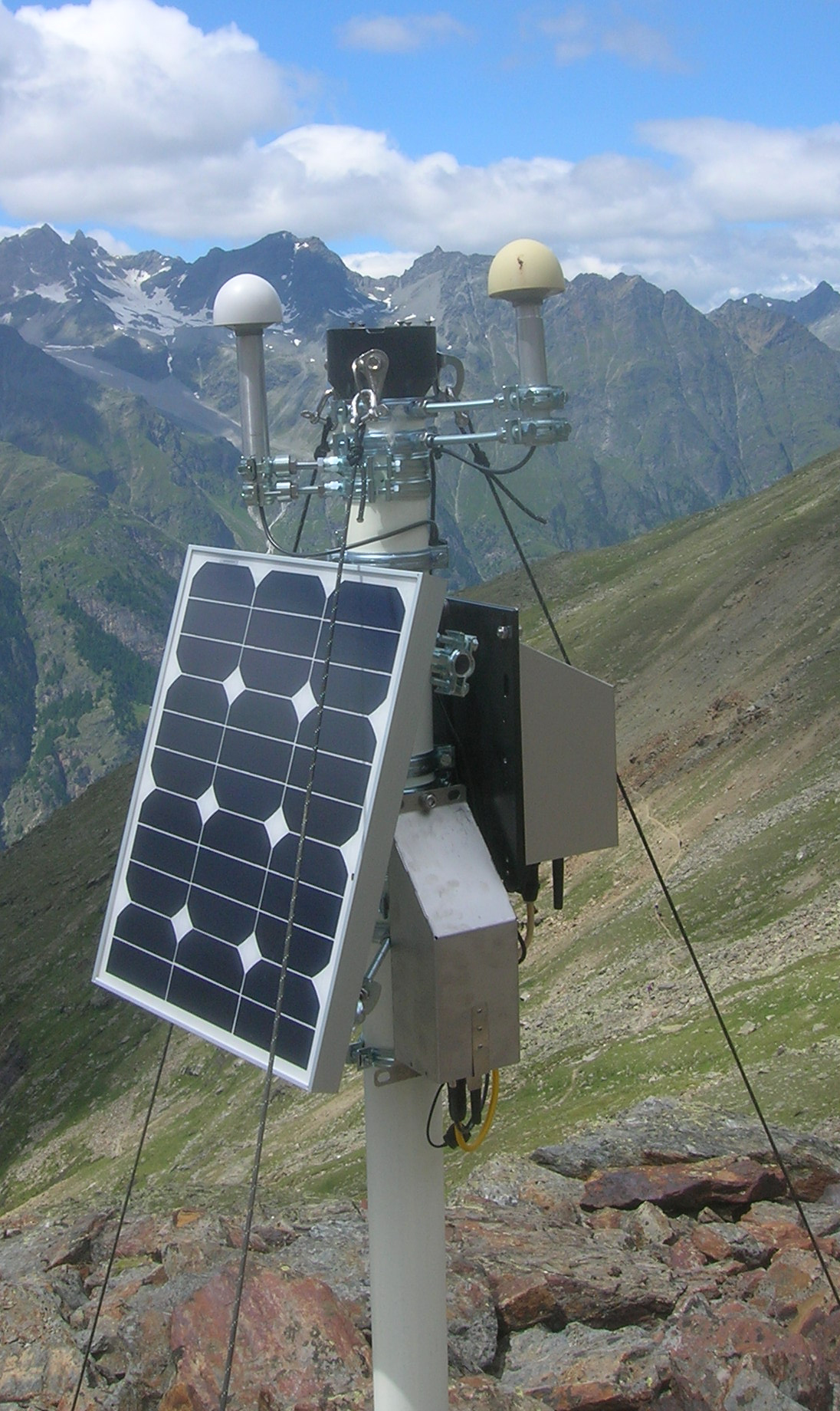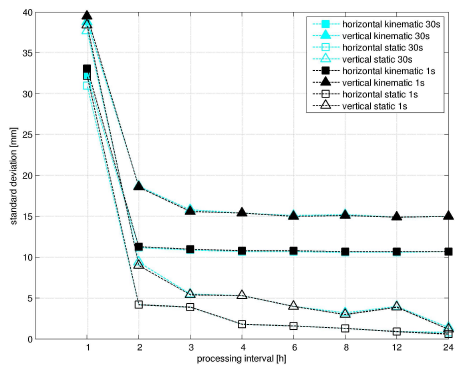Navigation auf uzh.ch
Navigation auf uzh.ch
Traditionally, wireless communication has been considered the major contributor to a sensor node’s limited energy budget. However, research efforts over the last decade have brought forth advances in low-power hardware designs and MAC and routing protocols that enable reliable and highly energy-efficient data collection. Nevertheless, new application scenarios proposed over the last few years increasingly rely on high-power sensors coupled with high duty-cycles (see Figure 2), causing sensing to become the energy costly task.
To mitigate the limiting factor of non-rechargeable batteries, and achieve acceptable system lifetime, energy harvesting techniques, especially in form of solar energy harvesting, have become increasingly popular for many WSN application scenarios. However, simply providing the system with harvesting capability alone does not solve the energy scarcity problem. Properly sizing the individual components of the power sub-system and appropriate software control thereof have become crucial design considerations to simultaneously achieve energy efficient operation and prolonged lifetime. This is particularly important for safety-critical application or long-term studies that depend on reliable and predictable system runtime.
Some of the challenges we aim at addressing:

